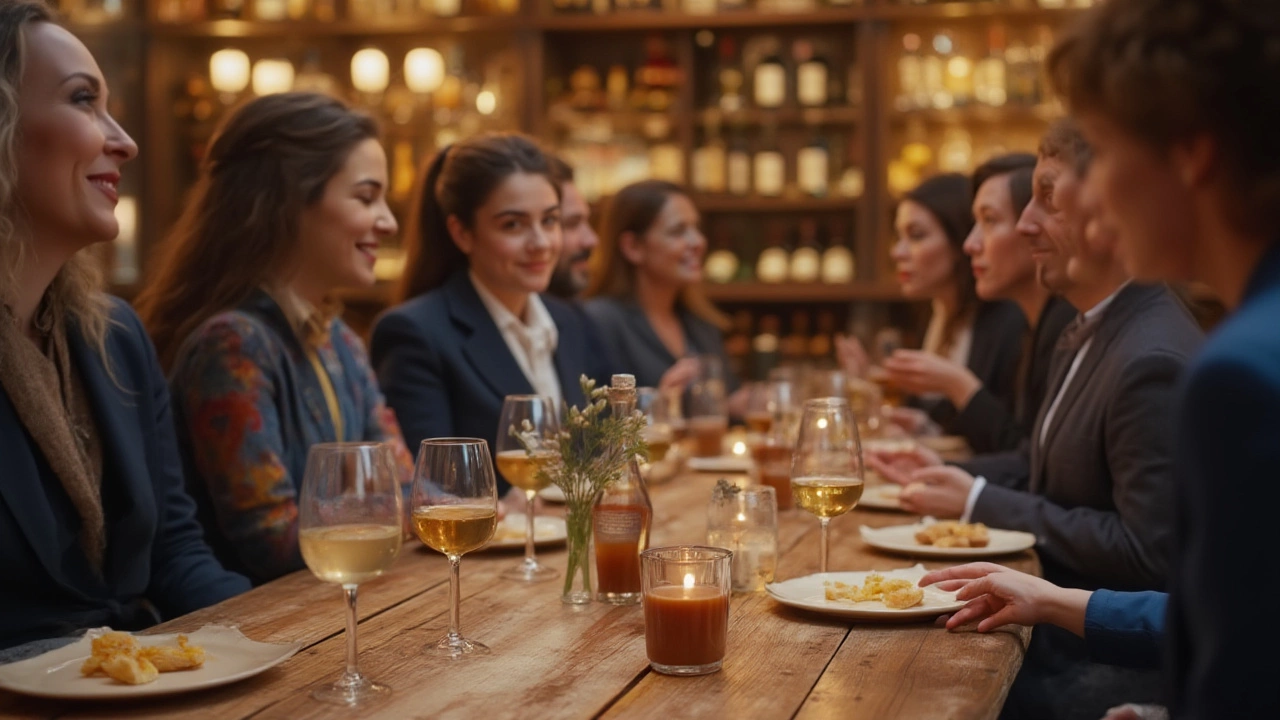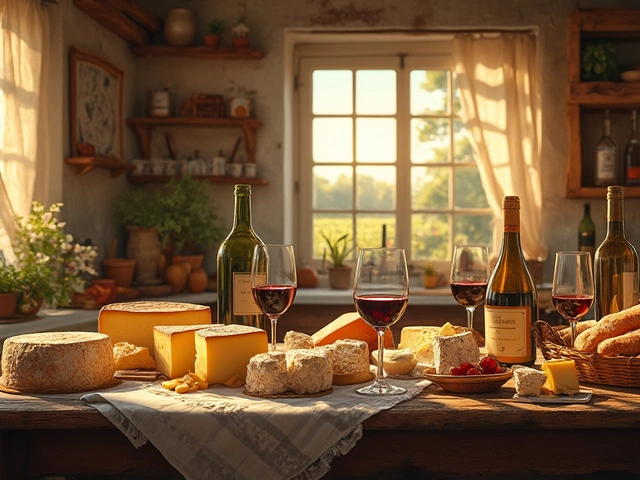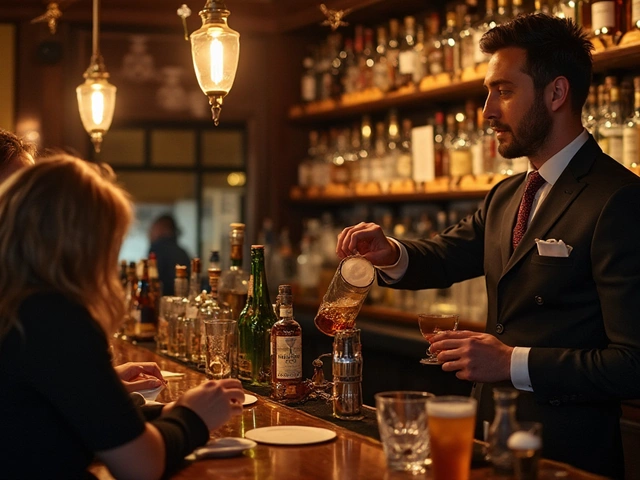Wine Preparation: Simple Steps to Boost Every Glass
Ever poured a wine and felt something was off? Usually it’s not the wine itself but how you prepared it. The good news? Fixing it takes only a few easy habits. Below are the basics—temperature, glassware, decanting, storage, and food pairing—that turn an ordinary pour into a great experience.
Temperature and Glassware
Serving wine at the right temperature is like tuning a guitar before a song. Too cold and the flavors mute; too warm and the alcohol overwhelms. As a rule of thumb, white wines chill around 45‑50°F (7‑10°C) and reds sit at 60‑65°F (15‑18°C). If you forget, a quick 15‑minute stint in the fridge for reds or a few minutes in an ice bucket for whites does the trick.
Glass choice matters too. A wide‑bowl glass gives reds room to breathe, while a narrower glass keeps whites focused. You don’t need a fancy set—just pick a glass that lets the aroma gather and the sip flow.
Decanting and Storing
Decanting isn’t only for old reds. Young, tannic wines benefit from extra oxygen, which softens harsh edges. A simple pour from bottle to carafe for 20‑30 minutes often does the job. For older wines, decanting helps separate any sediment that may have formed over years.
Storage is the silent hero of wine preparation. Keep bottles on their sides in a cool, dark spot with stable humidity (around 70%). This keeps the cork moist and prevents oxidation. If you lack a cellar, a wine fridge set to 55°F works fine for most bottles.
When you’re ready to serve, avoid shaking the bottle. A gentle swirl in the glass releases aromas without spilling. Take a quick sniff, note the primary scents, then sip and let the flavors settle. If something feels off, it could be a temperature issue or a glass that’s too narrow.
Food Pairing Made Easy
Pairing food with wine doesn’t have to be a science experiment. Think of balance: acidity with acidity, richness with richness. A crisp Sauvignon Blanc shines alongside a salad with citrus dressing, while a buttery Chardonnay matches creamy pasta. For reds, a juicy Pinot Noir pairs well with roasted chicken, and a bold Cabernet goes great with steak.
Don’t overthink it—if you love the food, you’ll likely love the wine. A quick test is to try a bite of the dish, then a sip; if the flavors complement each other, you’ve hit the sweet spot.
Finally, remember the joy of wine is personal. Use these preparation steps as a guide, not a rulebook. Experiment with temperature, glass shape, or a short decant, and notice how the wine changes. The more you practice, the quicker you’ll spot what works for your palate. Cheers to better wine preparation and tastier sips!
Wondering what drink primes your palate before wine tasting? Discover surprising choices, proven facts, and simple tips for the perfect tasting experience.
View Details

